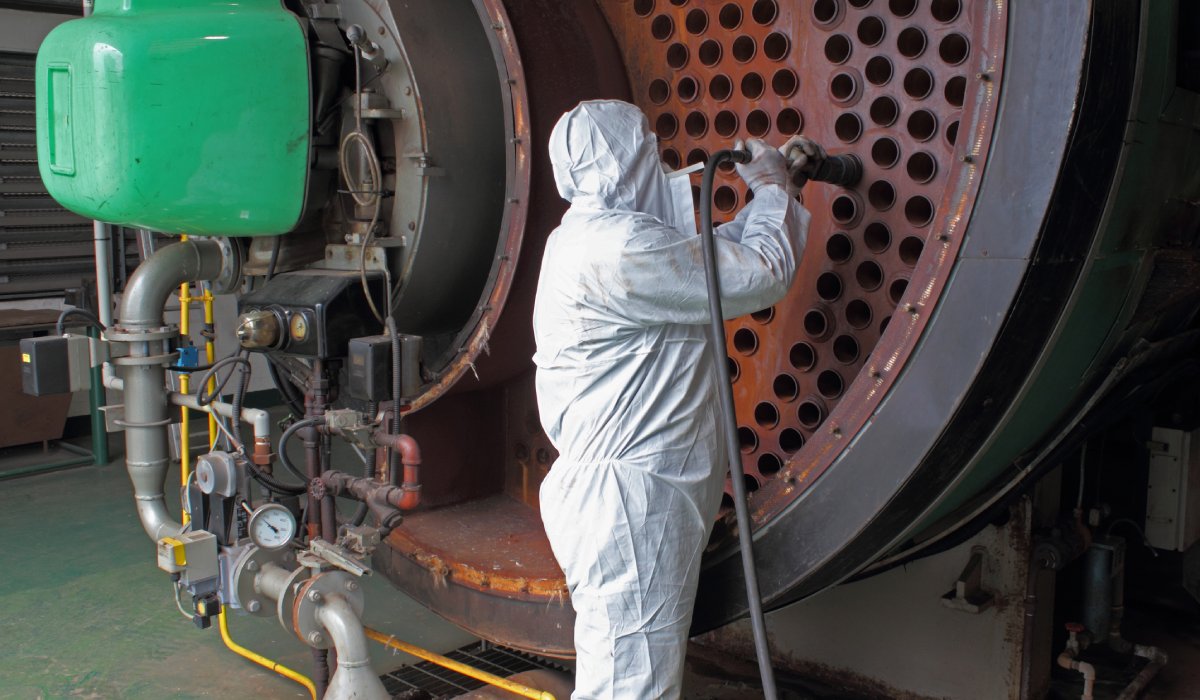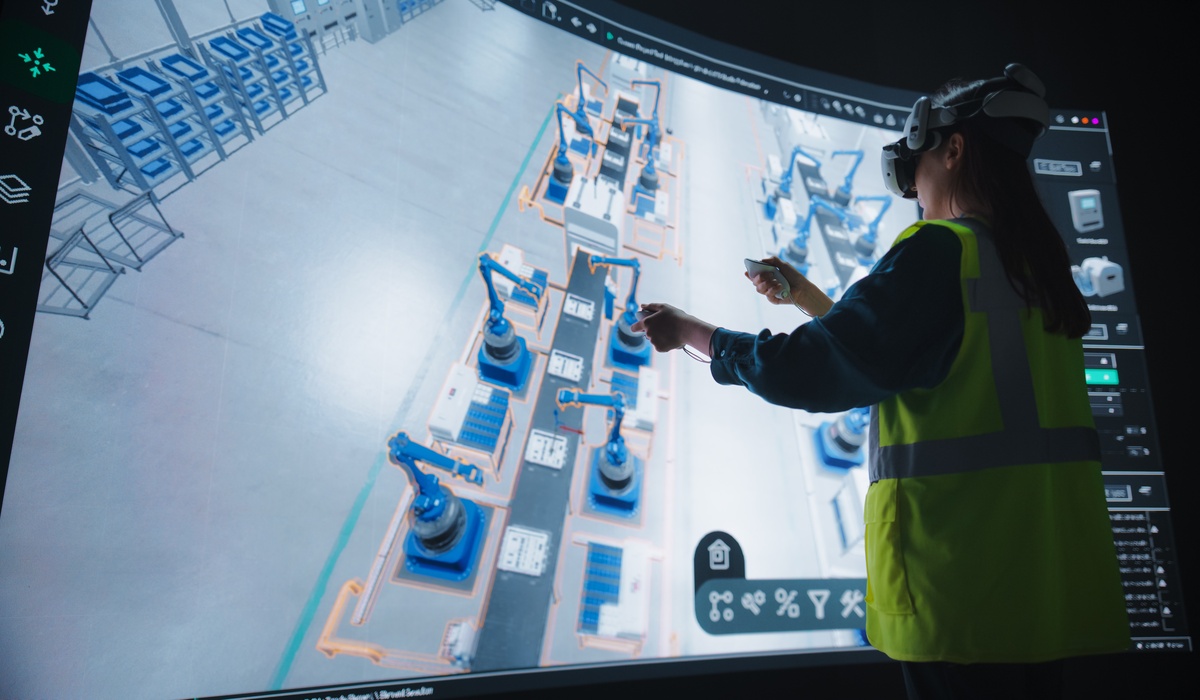Steam boilers power critical operations at waste treatment facilities across the country. These workhorses heat digesters, drive turbines, and maintain optimal temperatures for biological processes. However, many plant operators struggle to determine when their aging boiler systems require replacement rather than another costly repair.
Several key indicators signal that your facility may benefit from a new steam boiler installation. Understanding these warning signs can help you make informed decisions about equipment upgrades before system failures disrupt operations or compromise safety.
Older boilers consume significantly more fuel to produce the same amount of steam. Modern boilers achieve efficiency ratings of 85 percent or higher, compared to the 70–75 percent for units installed decades ago.
Aging boilers require increasingly expensive maintenance as components wear out. Tube replacements, refractory repairs, and control system updates can cost tens of thousands of dollars annually. When repair expenses exceed 50 percent of a new boiler’s cost over two consecutive years, replacement becomes the more economical choice.
Emergency repairs also create operational headaches. Unplanned shutdowns force facilities to reduce processing capacity or implement costly workarounds that strain other systems.
Steam systems operate under high pressure and temperature conditions that pose significant risks. Corroded tubes, cracked pressure vessels, or malfunctioning safety valves can lead to catastrophic failures. Regular inspections may reveal metal fatigue, scale buildup, or structural deterioration that compromises safe operation.
Modern boilers incorporate advanced safety features, including redundant controls, improved monitoring systems, and automated shutdown procedures. These upgrades protect both personnel and equipment from potentially dangerous situations.
Stricter emissions standards require many older boilers to undergo expensive retrofits or face operational restrictions. New units typically meet current environmental requirements without additional modifications. The common applications for industrial steam boilers in waste treatment facilities must comply with increasingly stringent air quality regulations.
Some regions offer incentives for facilities that voluntarily upgrade to cleaner-burning equipment. These programs can offset portions of installation costs while reducing long-term compliance risks. Expanding treatment capacity often exceeds existing boiler capabilities. Rather than installing parallel systems that complicate operations, many facilities choose to replace undersized units with larger, more efficient models. This approach simplifies maintenance while providing room for future growth.
Digital controls, variable firing rates, and automated water treatment systems represent significant improvements over older boiler technologies. These features reduce operator workload while optimizing performance across varying load conditions.
Remote monitoring capabilities allow technicians to track boiler performance from anywhere, identifying potential problems before they cause shutdowns. Predictive maintenance programs use sensor data to schedule repairs during planned outages rather than waiting for failures.
Evaluating boiler replacement requires careful analysis of current operating costs, projected maintenance expenses, and potential efficiency gains. Professional assessments consider factors including steam demand patterns, fuel availability, and regulatory requirements specific to your facility.
The decision ultimately depends on your facility’s unique circumstances, but addressing efficiency, safety, and reliability concerns through strategic equipment upgrades positions waste treatment plants for long-term operational success.









